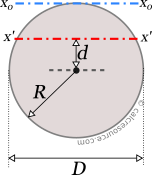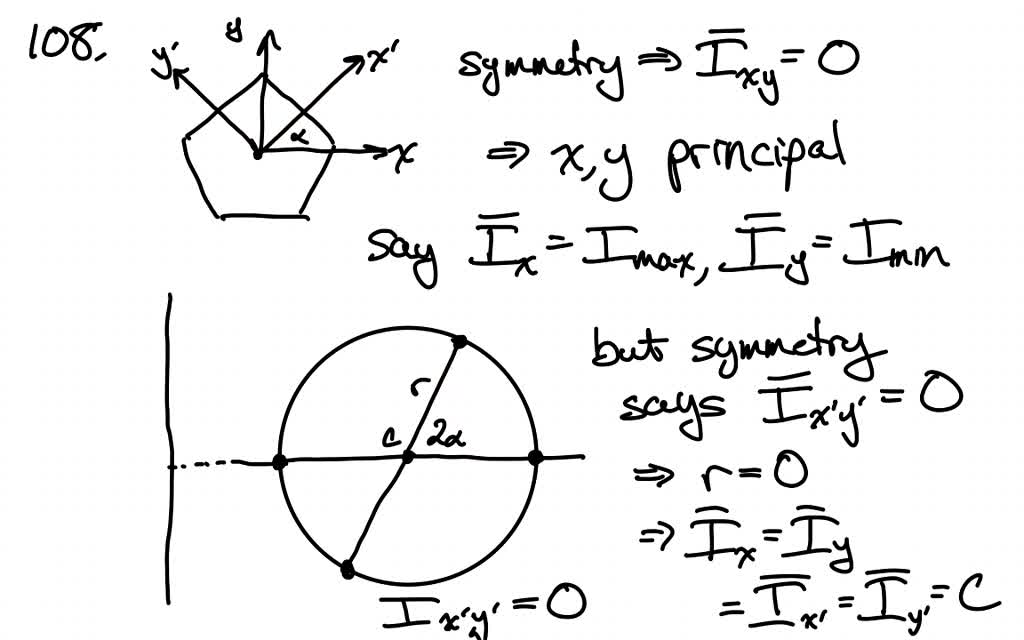

The unbalanced external vertical force at a section is called the shear. S change from compression to tension-where the str The surface at which the stresses change from compression to tension-where the stress is zero-is called the neutral surface. The top force is the resultant of compressive stresses acting over the upper portion of the beam, and the bottom force is the resultant of tensile stresses acting over the bottom part. This internal, or resisting, moment is produced by a couple consisting of a force C acting on the top part of the beam and an equal but opposite force T acting on

So there must be an internal moment of 54,000 ft-lb acting to maintain equilibrium. Again, if we take moments of the external forces about the section, we find an unbalanced moment of 54,000 ft-lb. Evidently, at the cut section, an upward-acting internal force of 4000 lb must be present to maintain equilibrium. 5.18a), we find there is an unbalanced downward load of 4000 lb. If we total the external forces, including the reaction, to the left of this cut (see Fig. 5.17 vertically just to the right of its center. For example, suppose we cut the beam in Fig. Since a beam is in equilibrium under the forces applied to it, it is evident that at every section internal forces are acting to prevent motion. To find reaction R1, we take moments about R2 and equate the sum of the moments to zero (clockwise rotation is considered positive, counterclockwise, negative): This beam carries a uniform load of 200 lb / lin ft over its entire length and several concentrated loads. 5.2.1) to the determination of the reactions of a statically determinate beam, we shall compute the reactions of the 60-ft-long beam with overhangs in Fig. ReactionsĪs an example of the application of the equations of equilibrium (Art. Methods for finding the stresses in that type of beam are given in Arts. Such beams are classified as statically indeterminate. Additional equations must be obtained on the basis of deformations permitted on the knowledge, for example, that a fixed end permits no rotation. For those beams, there are more unknowns than equations. The equations of equilibrium, however, are not sufficient to determine the reactions of the beams in Figs. They are classified as statically determinate beams for that reason. 5.11, 5.12, and 5.15 may be found from the equations of equilibrium. When a beam extends over several supports, it is called a continuous beam (Fig.
Moment of inertia of a circle for torsion free#
The overhangs have a free end, like cantilever, but the supports permit rotation. 5.15 is shown a beam that overhangs both is simple supports. Most support conditions are intermediate between those for a simple beam and those for a fixed-end beam. Some rotation of the beam ends generally is permitted. In actual practice, a fully fixed end can seldom be obtained. No rotation or vertical movement can occur at either end. It has one end fixed, one end simply supported. If a simple support is placed under the free end of the cantilever, the propped beam in Fig. It has only one support, which restrains it from rotating or moving horizontally or vertically at that end. The load carried by each support is called a reaction.

The distance between the supports is called the span. In that case, horizontal restraint at one support is generally sufficient. When the loads have a horizontal component, or when change in length of the beam due to temperature may be important, the supports may also have to prevent horizontal motion. Supports near its ends, which restrain it only against vertical movement. 5.11 is called a simply supported, or simple beam. Some of the more common methods are shown in Figs. There are many ways in which beams may be supported. Usually, the term beam is applied to members with top continuously connected to bottom throughout their length, and those with top and bottom connected at intervals are called trusses. In a more general sense, they are structural members that external loads tend to bend, or curve. Beams are the horizontal members used to support vertically applied loads across an opening.


 0 kommentar(er)
0 kommentar(er)
